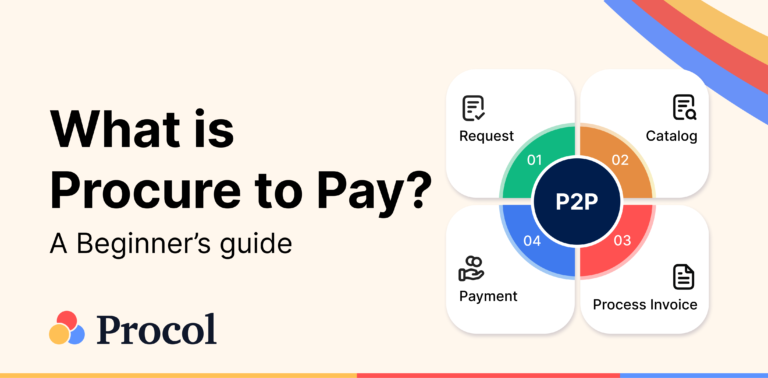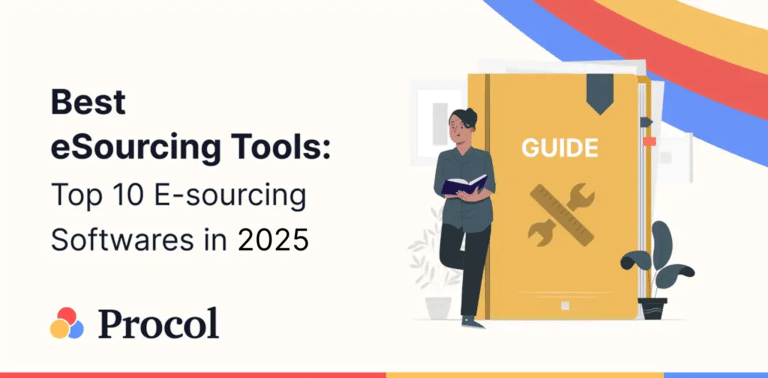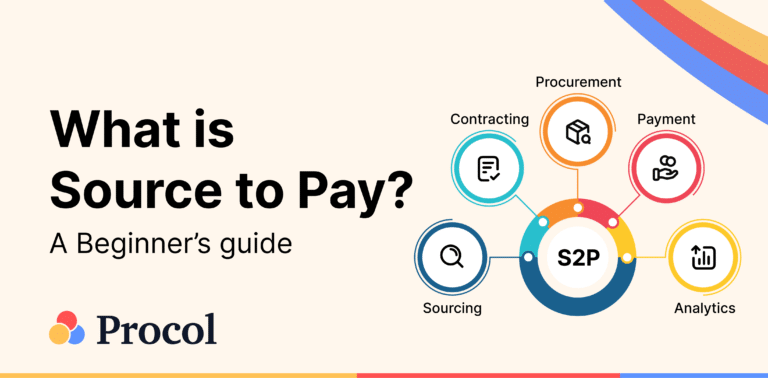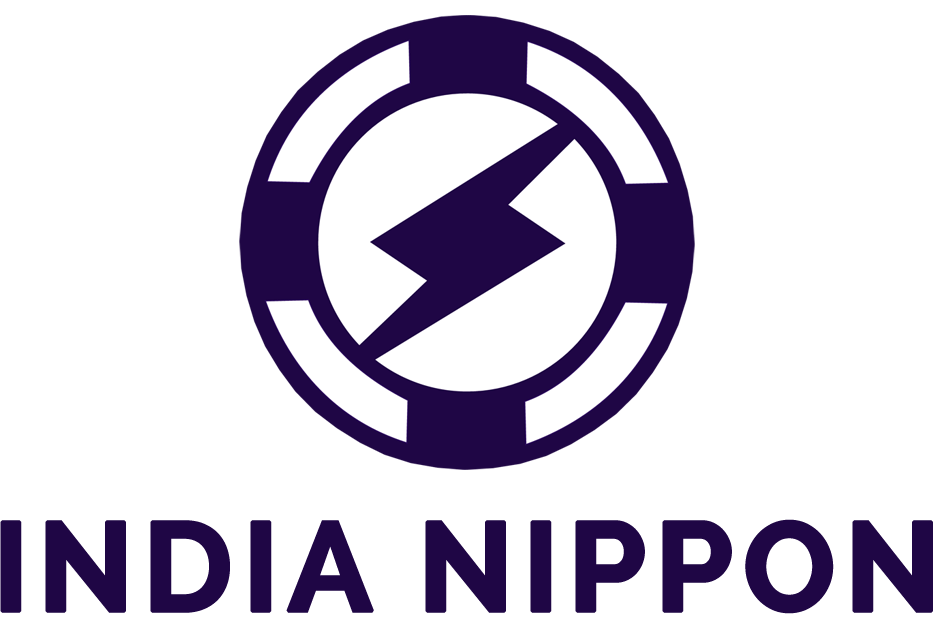Definition
Electronic invoicing, often known as e-invoicing, is the exchange of an invoice document in an integrated electronic format between a supplier and a customer. Invoicing has historically involved a lot of manual labor and is vulnerable to human error, which increases costs and lengthens processing times for businesses.
Understanding E- Invoicing
A bill that is issued, sent, received, processed, and stored electronically using particular document formats is known as an electronic invoice (e-invoice). E-invoices are digital from the time they are issued until they are archived.
To improve productivity, reduce mistake handling, and assist organizations in adhering to e-invoicing regulations, e-invoicing can help replace human operations with automated business rules and actions.
What doesn’t qualify as an e-invoice? Not all digital invoices are e-invoices, even though numerous recognized e-invoice types exist. Here are two invoice kinds that weren’t chosen: Email-based PDF invoices are not electronic invoices. Because PDF invoices are not sent in a structured fashion, they cannot be processed automatically. Paper invoices were not issued electronically; therefore, even after being converted to digital format, they are not considered e-invoices.
Advantages of E-Invoicing
Here are several e-invoicing benefits that contribute to a high return on investment, long-term savings, and better business in general:
1. Touchless operations: With e-invoicing, labor-intensive and error-prone procedures like data entry, matching, and approvals can be automated, freeing up personnel for higher-value projects.
2. Better cash flow and lower DSO: In most circumstances, eliminating manual effort and paperwork can cut your days’ sales outstanding by several days.
3. Secure document and data exchange: E-invoicing is the safest method of sending and receiving invoices thanks to digital signatures, encrypted file transfers, and secure networks. Additionally, there is no chance that invoices will get lost in the mail or end up in spam.
4. Real-time document delivery and processing: Check the status of documents’ delivery and processing in real-time on cloud-based platforms or from your ERP.
5. Excellent data: By enabling you to access and evaluate line-level data, e-invoicing promotes business expansion through wiser financial and purchasing choices.
6. Accurate invoices: Correct invoices Automated enrichment and validation of invoices ensure that precise only transactional data is entered into your ERP system. Shorter cycle times and improved business relationships result from fewer inconsistencies.
7. Tracking and traceability: E-invoicing automatically tracks transaction history and the complete document route, saving you time from having to do it by hand.
8. Environmentally responsible: E-invoicing not only reduces your use of paper and CO2 emissions, but it also decreases your operational costs, boosts your profitability, and establishes an evident, dependable brand reputation.
9. Observe legal obligations: By using the correct service provider to handle your electronic invoices, you can be confident that you are always abreast of changes in B2B and B2G tax and archiving regulations.
10. Ready for remote work: Work related to e-invoicing can be done from any location without using additional tools like printers, scanners, or the postal service.”9. Observe legal obligations: By using the correct service provider to handle your electronic invoices, you can be confident that you are always abreast of changes in B2B and B2G tax and archiving regulations.






















